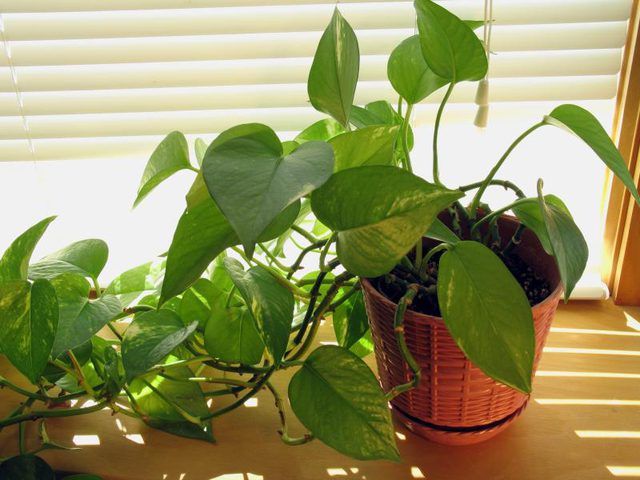Bulbs
Flower Basics
Flower Beds & Specialty Gardens
Flower Garden
Garden Furniture
Garden Gnomes
Garden Seeds
Garden Sheds
Garden Statues
Garden Tools & Supplies
Gardening Basics
Green & Organic
Groundcovers & Vines
Growing Annuals
Growing Basil
Growing Beans
Growing Berries
Growing Blueberries
Growing Cactus
Growing Corn
Growing Cotton
Growing Edibles
Growing Flowers
Growing Garlic
Growing Grapes
Growing Grass
Growing Herbs
Growing Jasmine
Growing Mint
Growing Mushrooms
Orchids
Growing Peanuts
Growing Perennials
Growing Plants
Growing Rosemary
Growing Roses
Growing Strawberries
Growing Sunflowers
Growing Thyme
Growing Tomatoes
Growing Tulips
Growing Vegetables
Herb Basics
Herb Garden
Indoor Growing
Landscaping Basics
Landscaping Patios
Landscaping Plants
Landscaping Shrubs
Landscaping Trees
Landscaping Walks & Pathways
Lawn Basics
Lawn Maintenance
Lawn Mowers
Lawn Ornaments
Lawn Planting
Lawn Tools
Outdoor Growing
Overall Landscape Planning
Pests, Weeds & Problems
Plant Basics
Rock Garden
Rose Garden
Shrubs
Soil
Specialty Gardens
Trees
Vegetable Garden
Yard Maintenance
How to Propagate a Golden Pothos
How to Propagate a Golden Pothos. Golden pothos, also called Devil's ivy (*Epipremnum aureum*), grows outdoors only in the warm climates of U.S. Department of Agriculture plant hardiness zones 10 through 12, but it adds fill to houseplant gardens and grows into impressive vines in indoor baskets. When these stout vines grow too long and leggy, cut...

Golden pothos, also called Devil's ivy (Epipremnum aureum), grows outdoors only in the warm climates of U.S. Department of Agriculture plant hardiness zones 10 through 12, but it adds fill to houseplant gardens and grows into impressive vines in indoor baskets. When these stout vines grow too long and leggy, cut them back and root the cuttings to multiply your pothos. Root the cuttings in soil or water to produce new plants
Pothos Propagation Basics
Pothos leaves drop from the bottom of the vine when the plant isn't getting enough water and as it ages. So, taking cuttings helps neaten up a tired, leggy plant. The tip cuttings force bushy new growth and also provide cuttings so you can start new plants.
Whenever you're pruning houseplants or taking cuttings, sanitize the cutting tools between plants by wiping the blades with a solution made up of equal parts rubbing alcohol and water.
Pothos are slightly toxic, so wear gloves or wash your hands immediately after handling pothos parts. The leaves contain calcium oxalate, a toxic substance that can irritate skin, throat and eyes.
Rooting Cuttings in Soil
Plant pothos cuttings in moist potting mix or vermiculite by taking up to 6 inches of the tip of one vine, cutting just above a leaf. Pull the leaves off until only three or four leaves remain at the top of the cutting and sink the bottom half in moist, new potting mix or vermiculite. Kept evenly moist and out of direct sunlight, new plants root in three to four weeks. Dip the cut tips in rooting hormone powder, which you can buy at garden centers and nurseries, for faster rooting. If you have the house heated for winter, enclose the pots in clear plastic bags to preserve moisture.
Rooting Cuttings in Water
Pothos stem cuttings root quickly in water, taking three to four weeks to produce enough roots where they're ready to plant in soil. Prepare the cuttings in the same way you would to root in soil and put them in a container where the bottom one-half of the cutting is under water. Change the water several times a week until the cuttings root. If your tap water contains chlorine, usually added to municipal water to control bacteria, let the water sit overnight before using it for the cuttings. You will soon see roots growing from the thickened "nodes" along the stem. You might also see growth from the aerial root nubs -- small fleshy bumps along the stem.
Other Ways to Propagate Pothos
In addition to cutting stem tips, try starting stem segments in water or single leaves in soil. Keep the petioles -- the leaf stems -- intact as you remove them and sink them in the soil. Small leaves should rise from the soil after about a month.
Although they bloom and produce berries in the wild, pothos seldom grow to the mature size needed for flowering in pots.